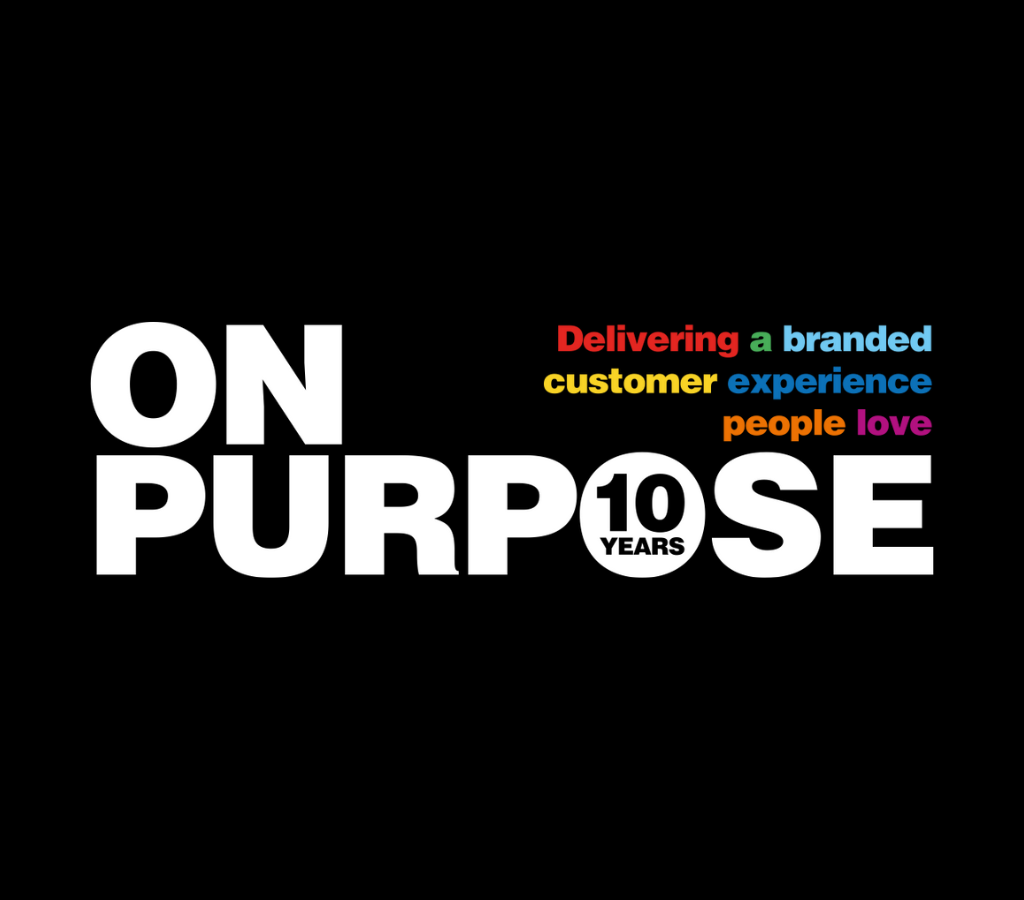This month’s guest blog is written by Helen Pitcher, OBE, Chairman of Advanced Boardroom Excellence Limited. A leading board effectiveness practitioner, Helen specialises in the development of boardroom standards, behaviour and ethics, helping boards evolve so they can develop their effectiveness for the complex demands of today, while preparing for the demands of the future.
When most people think about effective leadership of an organisation, the first thing that usually comes to mind is the executive team comprising of the C-Suite of roles along with any business-critical functions and key directors holding those roles. But in the context of good governance, effective leadership depends on a well-tuned board; a critical success factor to achieve this is healthy board dynamics.
Very simply defined, board dynamics refers to the way individual board directors interact with each other in the carrying out of their duty as directors with the objective of collectively generating economic value for the organisation. The dynamics of the board can be manifested through the language used in the boardroom, through the culture of constructive challenge and healthy debate, and ultimately through the decisions and actions of the board itself.
Effective leadership depends on a well-tuned board; a critical success factor to achieve this is healthy board dynamics.
To achieve a healthy board dynamic, it is important to view the board not as a group of individual professionals with specialist knowledge and capability, each coming together to make their individual contributions, but rather as the coming together of a group of senior leaders to form a team – each person coming to the table with the intention to cooperate, collaborate, and work cohesively with other directors to provide a critical governance function for the organisation. The challenge facing all board directors however, is the requirement to maintain independence whilst being aligned to a common organisational goal. In this context, ongoing team building and team coaching can contribute vital ingredients for creating and maintaining a strong team cohesiveness leading to healthy board dynamics while ensuring there is a healthy culture of independent oversight by each director. These ingredients are especially important when on-boarding new directors, or at organisational milestones when there has been a material change of circumstances as defined by the directors on the board.
Dynamics can make or break the success of the board. Poor dynamics can virtually paralyse a board as directors can get mired in politics, bureaucracy, and the danger of group-think which stifles innovation and diverse thinking. But achieving healthy board dynamics is easier said than done. Here are some tips that can be used to improve board dynamics over time:
- Carry out an assessment of the existing board dynamics in your organisation and demonstrate the leadership courage to be honest about the results. This can be a somewhat onerous task as a thorough assessment of board dynamics may require some specialist expertise to measure and benchmark the results against best practices.
- Review your board director succession plan and talent pipeline regularly, ensuring that your future director recruiting strategy aligns well and achieves synergy with existing board directors’ skills and capabilities for the formation of a high performing team of board directors. This activity can be somewhat time consuming and can easily be outsourced if required but success is dependent on both a very clear brief and the availability of the right talent and diversity in the market.
- Organise ongoing board dynamics coaching and development. Routine training and regularly scheduled refreshers should be required for all directors to ensure they understand the importance of good board dynamics, and learn to identify and effectively deal with situations when there is a breakdown of dynamics that impede the success of the board.
Healthy board dynamics make for better boards; and better boards make for better business. The synergy of a well-tuned board cascades through the organisation and permeates all areas of the organisation and sends a strong, encouraging message to every member of staff. This rapidly translates into increased engagement, productivity, and overall business performance.
© Image Mad Men, AMC




